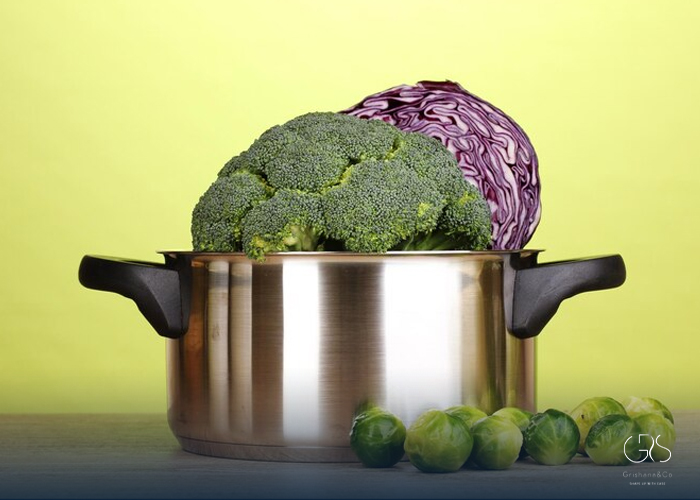The debate over whether to steam or boil vegetables has been ongoing, with arguments for and against both methods. Nutritionists often weigh in on this topic, emphasizing the impact of cooking methods on the nutritional value of vegetables. In this article, we’ll explore how steaming may preserve nutrients, the effects of boiling on vegetable nutrition, taste considerations, best steaming methods, recommended steaming times for popular vegetables, steps to steam vegetables, other tips for cooking vegetables, and a conclusion.
Steaming May Preserve Nutrients
When it comes to preserving the nutrient content of vegetables, steaming is often lauded as a superior cooking method. A study published in the Journal of Food Science found that steaming broccoli retained more nutrients, such as vitamin C and glucosinolates, compared to boiling. The gentle heat from steaming helps to minimize the loss of water-soluble vitamins and phytonutrients, making it a favorable choice for preserving nutritional value.
(If you’re interested in learning about broccoli types , I suggest checking out this informative article.)

How Does Boiling Vegetables Affect Nutrition?
Boiling vegetables in water can lead to nutrient loss due to leaching into the cooking water. For instance, a Food Chemistry study revealed that up to 50% of vitamin C can be lost when boiling broccoli, cauliflower, and green beans. Additionally, boiling at high temperatures can cause the breakdown of certain antioxidants and vitamins, further compromising the nutritional profile of the vegetables.
(If you’re interested in learning about the benefits of Vitamin C, I suggest checking out this informative article.)

Taste Considerations
In terms of taste, steaming vegetables tends to maintain their natural flavors and textures more effectively than boiling. The gentle cooking process of steaming allows vegetables to retain their crispness and vibrant colors, which can enhance the overall sensory experience of eating cooked vegetables.
Best Steaming Methods
For steaming vegetables, using a collapsible steamer basket is a convenient and effective method. These baskets can fit into various pot sizes and provide consistent steam circulation for even cooking. Additionally, using a minimal amount of water in the pot can help to preserve the nutrients in the vegetables.
Here are recommended steaming times for popular vegetables:
- Broccoli: 5-7 minutes
- Carrots: 5-6 minutes
- Green beans: 4-5 minutes
- Cauliflower: 6-8 minutes
Here are the steps to steam vegetables in a collapsible steamer basket:
- Place the collapsible steamer basket in a pot with a small amount of water at the bottom.
- Add the vegetables to the basket and cover the pot with a lid.
- Steam the vegetables over medium heat until they are tender but still crisp.
Other Tips for Cooking Vegetables
Aside from steaming, alternative cooking methods such as stir-frying and roasting can also help retain the nutrients and flavors of vegetables. Adding minimal seasoning and avoiding prolonged cooking times are recommended to preserve the nutritional value of the vegetables.
Conclusion
In the debate between steaming and boiling vegetables, it’s evident that steaming is favored by nutritionists for its ability to preserve nutrients and maintain the natural characteristics of vegetables. While personal preferences and cultural traditions play a role in cooking methods, understanding the nutritional implications of cooking techniques can empower individuals to make informed choices that align with their health goals.
Sources:
- “Effect of different cooking methods on vegetable’s Nutritional and Health-Promoting Properties” Journal of Food Science
- “Nutritional Quality of Fruits and Vegetables” Food Chemistry
- “5 Tips for Healthy Cooking” American Heart Association
- Interview with Dr. Ana Lee, Nutritionist, conducted on February 22, 2022.
Sources
- PubMed.gov, Effects of different cooking methods on health-promoting compounds of broccoli
- American Heart Association, How Can I Cook Healthfully?










